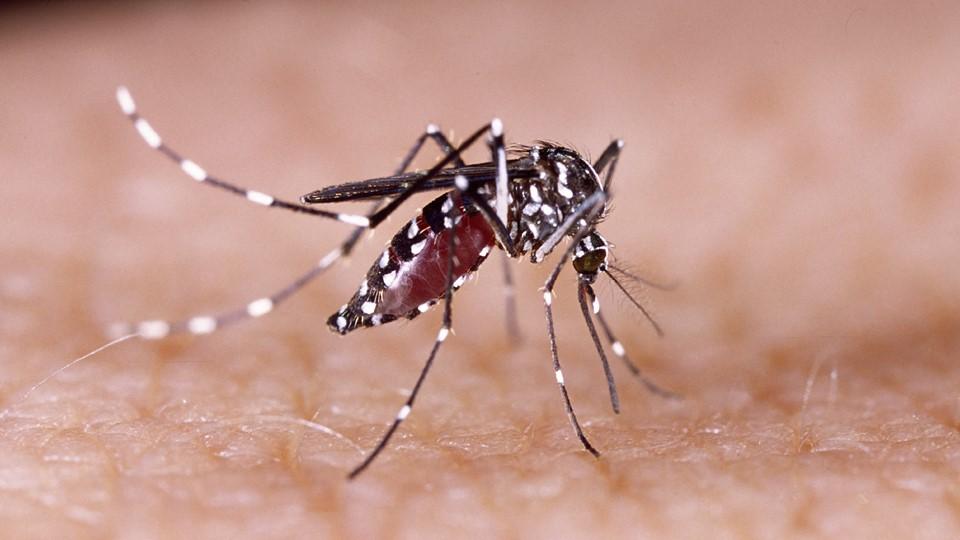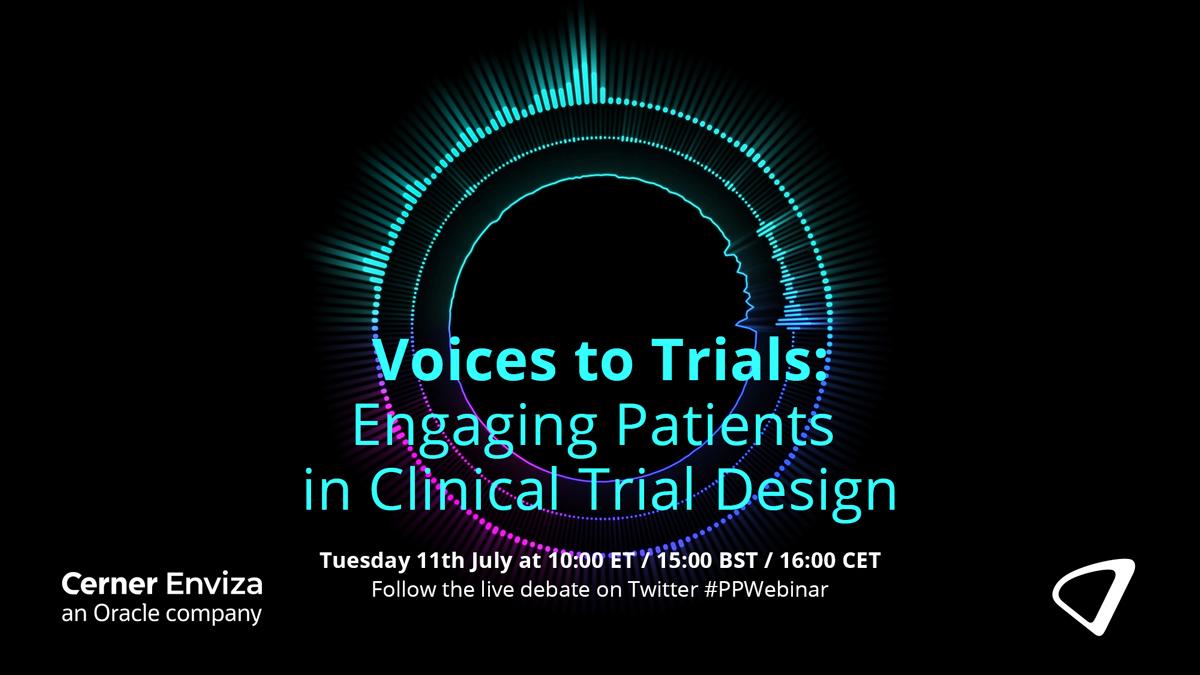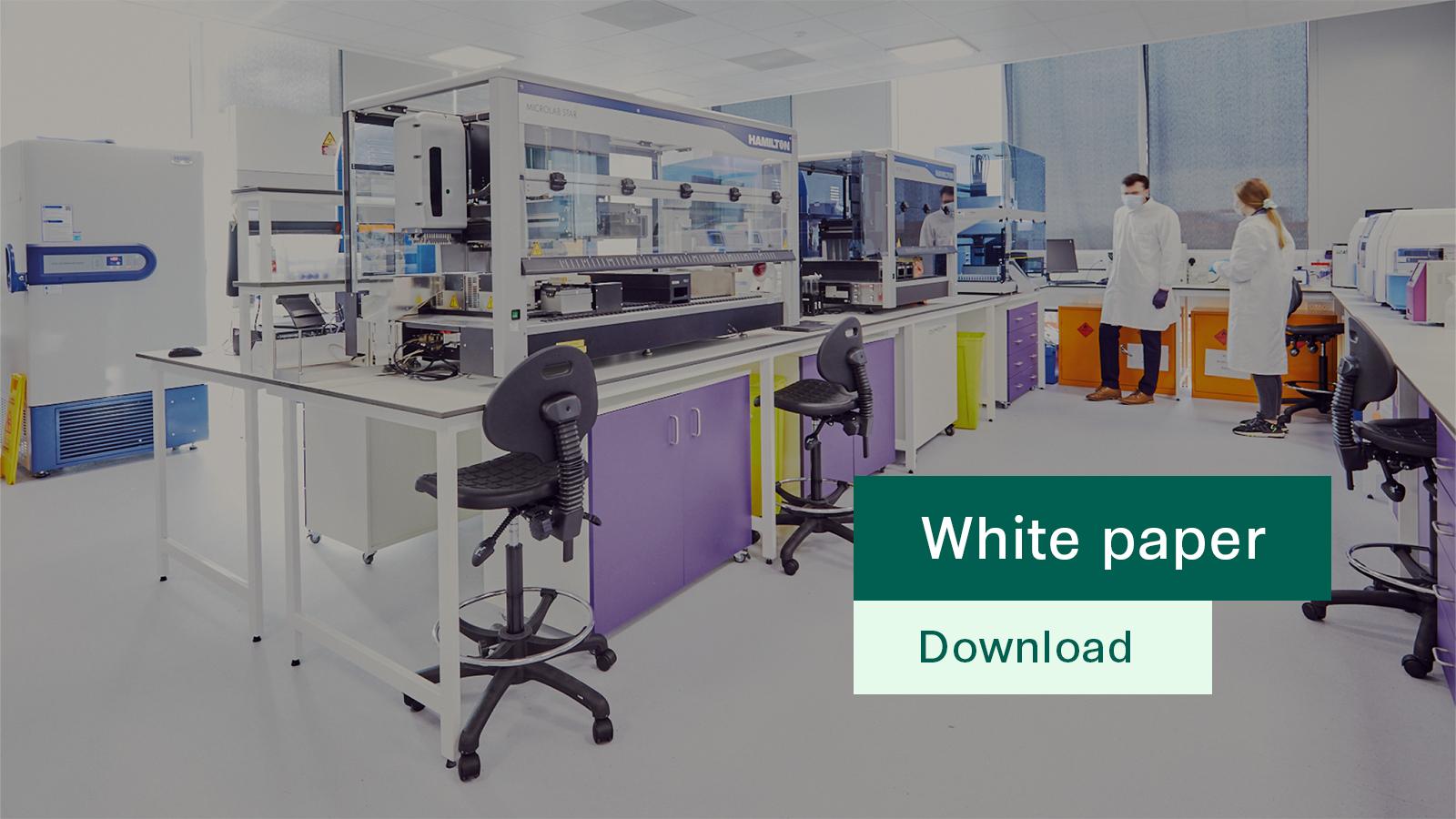Molecular glues ‘combine best attributes’ of small and large molecule therapies

As the industry has transitioned much of its R&D expertise into large molecule therapies, an emerging approach could provide a revolutionary treatment tool. Ben Hargreaves investigates why molecular glues are seeing greater levels of investment, and how they could provide treatments for a broad range of conditions.
Molecular glues are types of molecules that encourage two proteins to come together when they would not normally interact. They are small molecules that effectively act as adhesive by changing the surface of the target molecule, allowing it to attach to another protein. The science around these molecules is relatively new, having been first discovered in 1991. 30 years on from this date, the knowledge of their action is advancing rapidly, with the molecules’ potential as a therapeutic modality generating increasing interest.
At present, there are only three FDA-approved molecular glue degraders, including Revlimid (lenalidomide) and Pomalyst (pomalidomide). However, the therapeutic and financial success of these treatments has resulted in higher levels of investment flowing into the space. Bristol Myers Squibb signed a major expansion of its existing partnership deal with Evotec earlier this year, raising the potential value to approximately $4 billion off the back of the latter company’s molecular glue expertise. The following month, Merck also agreed a potential $2.55 billion deal with Proxygen to collaborate on molecular glues.
Why the interest?
Pharmaphorum spoke with Proxygen’s CEO, Bernd Boidol, to learn more about the biotech’s work on molecular glue degraders (MGDs) and why big pharma companies, such as Merck, have a growing appetite for deals in the space. On signing the agreements, many of the company involved have spoken about being able to treat previously undruggable targets.
Boidol explained the limits of traditional approaches: “Most drugs are designed to block, or inhibit, one specific function of a disease-causing protein by binding to a ‘ligandable’ pocket on the protein’s surface. But over 80% of human proteins are not accessible via this approach and are generally considered undruggable, as they do not have ligandable binding pockets. Although many important drivers of disease have been known for decades, they are simply out of reach of classical pharmacology.”
By contrast, Boidol positions MGDs as a more effective solution, by holding the promise to ‘target every protein in the cell’. The therapies can eliminate proteins by reprogramming the natural protein recycling machinery present in each cell. As a result of not requiring a binding pocket on the target protein, unlike other target protein degradation approaches, this allows MGDs to have a broader use case potential.
Owen Wallace, chief scientific officer of Monte Rosa Therapeutics, another biotech focused on MGDs, told pharmaphorum that this therapeutic approach also expands beyond just oncology, and into many other disease areas. Wallace outlined, “MGDs combine the best attributes of existing small and large molecule technologies, giving us the potential to target disease-causing proteins that were once considered difficult or impossible to target with traditional small molecule inhibitors. MGDs can be designed to target a wide range of proteins, making them applicable to many disease areas, spanning oncology, autoimmune and inflammatory diseases, and others.”
Overcoming design challenges
With the ability to target a broader range of proteins, and to potentially eliminate unwanted proteins more effectively than traditional approaches, the question is why there are only three approved MGDs on the market. According to Wallace, this has been due to the challenges around discovery. “Until now, the discovery of MGDs relied on serendipity. A significant challenge, historically, has been the design of glue-based therapeutics that are specific for the protein of interest,” Wallace said.
For its part, Monte Rosa is harnessing AI technology to assist throughout the discovery and development process. This allowed the biotech to announce its second development candidate, MRT-6160, a potential treatment for autoimmune diseases, in May.
Wallace described how AI is used in three different stages of the development process: to predict ‘glue-able’ targets, to assist in the rational design of novel degraders, by optimising their characteristics for efficacy and selectivity, and finally for the identification of biomarkers within patient samples. On the latter point, Wallace explained that by searching for biomarkers, the biotech can tailor treatments to those patients most likely to respond positively. Alongside AI, Monte Rosa has also designed and created a library of MGDs that can hijack the E3 ligase cereblon to degrade proteins of interest.
When asked about discovery in the area, Boidol reiterated that there are significant ‘technical and scientific limitations’ that make the discovery of novel MGDs difficult. “Proxygen has generated expansive knowledge and data in the discovery and chemical optimisation of degrader molecules, positioning it as a pioneer in this novel modality, and allowing for its development of a highly versatile, proprietary discovery engine that supports the specific and unbiased identification of molecular glue degraders against difficult-to-drug or completely undruggable targets at large scale,” Boidol added.
A bright future
As more scientific expertise focuses on the space, research is also taking place to observe whether the knowledge gained on molecular glues can be applied in different ways. One line of research is to discover whether, rather than interrupt the processes that connect proteins together, it could be beneficial to restore an interaction, or to make it function correctly. Encouraging protein interaction in this way could be used therapeutically in cases where disease is caused by these connections being lost.
Following on from this approach, researchers at the University of Birmingham, alongside the University of Leicester and Eindhoven University of Technology, recently worked on using mass spectrometry to analyse candidate glues for these processes. Aneika Leney, of the School of Biosciences at the University of Birmingham, explained to pharmaphorum how the research operated: “Mass spectrometry allows us to track how the glues work. We can do this as the glue and the proteins are all different in size, so we can monitor all the bits separately and watch them change in size as they glue back together.” Leney added that the next step for the research is to use this method to continue to ‘make better glues’ that target different areas, with a particular focus on cancer.
Both Proxygen and Monte Rosa are also busy pushing their science forward, with the former currently advancing its own internal pipeline towards clinical development, whilst also performing collaborative R&D individually with Boehringer Ingelheim, Merck KGaA, and MSD, Boidol said. For Monte Rosa, Wallace stated that the biotech is currently on track to file for an IND of MRT-6160 in the first half of 2024, and expects to announce phase 1 data for its lead program, MRT-2359, in the second half of 2023.
If any of the treatments developed can go onto achieve the success of Revlimid or Pomalyst, both blockbuster treatments for BMS, the research and investment in MGDs will only accelerate further.









8c10.jpg)
